|
At the California Center for the Arts in Escondido, where the exhibit of Public Address artist are having the show called DesEscondido- a group of us were doing a special talk. Doris Bittar, Ruth Wallen and Nina Karavasiles. Gerda Govine was doing a poetry project just after our talk. The back story (scroll down) is that Gerda and I worked on the Rosa Parks Transit. We had a group of students in a life sized photo with roses over their hearts. I mean, scroll down and coincidentally the photo is just perfect, okay so I see this guy who looks familiar and I ask Gerda if its the guy from the image. She's not sure. I finish my talk and ask him. Indeed, it was Hermes Castro! Like a homecoming we were so happy to see each other again.
0 Comments
The Agency of Art, UCSD University, Mandeville Gallery, La Jolla CA
Opening Reception: Thursday, April 12, 5:30 – 7:30 pm In the Spring, Visual Arts @ 50, our two-year long series of exhibitions Anniversary of the founding of the Visual Arts Department, turns its focus from past to the future. The Agency of Art highlights the role of Visual Arts alumni/ae from the past two decades who are shaping the way art engages with social practice, the environment, science and technology. British social anthropologist Alfred Gell held that “visual art objects are not a part of language . nor do they constitute an alternative language” and thus should not be treated simply as illustrations or visual texts. Instead he argued that they are tangible indices of social interactions that act as social agents. To conclude the Anniversary series of exhibitions, The Agency of Art spotlights how the Visual Arts Department is committed to using art to reshape the world in which we live. The idea that art can change the world for the better not just by enriching the life and spirit of those for love it, but by proposing new solutions for problems uncovered by science, engineering, and social critique was a major theme of the work of Visual Arts faculty Helen Mayer Harrison (b. 1927-2018) and Newton Harrison (b. 1932). Their award-winning collaboration began at UC San Diego in 1969 -70, when Newton Harrison was an assistant professor and founding member of the Visual Arts Department and Helen Mayer Harrison was the Director of Educational Programs at UC Extension. It was then and here that they made the historic decision to form an artistic partnership, including sharing a professorial appointment, and adopted the principle that they would do no work that did not benefit ecosystems. To this end, they began to collaborate not just with each other but also with UC faculty experts in a wide range of disciplines: biology, ecology, engineering, history, architecture, urban planning, social activism, and art. The Harrisons’ commitment to collaboration, to making the world better through art, and to engaging with science, social policy, and the environment is foundational for much art today, and it might also be considered a precursor to the emerging artistic fields of socially engaged practice, Environmental Art, and Speculative Design. The Agency of Art places representative works by eighteen alumni/ae in juxtaposition with five panels from a major work by the Harrisons, Peninsula Europe, which has not previously been exhibited in San Diego. Peninsula Europe is an in-depth analysis of the fresh water system of Europe, which proposes transforming the highlands stretching from Portugal and Spain, over the Pyrenees, across the Central Massíf, to the Carpathians and beyond into a vast forest which would serve as a buffer against drought and global warming. This visionary project from the 2000-17 will serve as an introduction to the work of the younger artists who graduated from our program in the last twentyfive years or so, whose work in painting, sculpture, architecture, photography, performance, video, and new media proposes new ways to reframe and re-imagine the critical problems of the environment and society today and so to improve the world and our interactions with it and one another. Taking the Harrisons’ work as a point of departure, The Agency of Art explores how recent leading alumni variously contributed to the growing field of Conceptual Art and Speculative Design. Defining visual art as complex objects, UC San Diego artists have broadened tremendously our understanding of traditional art practices while insisting that visual art can fascinate, compel, and entrap the spectator. Katie Herzog, Jean Lowe, Heather Gwen Martin, and Jesse Mockrin, have challenged the expectations of painting in numerous ways by employing the traditions of figurative and abstract painting to reflect on the politics of identity, power structures, and knowledge economies through clever appropriation, humor, subversion of historic styles, and a unique synthesis of fashion past and present. Exploiting the paradigm that art objects can be effective as social agents, the works of Sadie Barnette, Igor Vamos, and Ruth Wallen address root causes of epic-in-scale social and environmental issues and urge younger generations to work proactively towards solving emergent problems related to the issues of human rights and social justice. Artists such as Rob Duarte, Nina Karavasiles, Virginia Maksymowicz, Roy McMakin, Roman de Salvo, and Allison Wiese have also employed design, installation, sculpture, and language to reveal and challenge social hierarchies, hidden political ideologies, and technological determinism. Others like Owen Mundy, Tim Nohe, Tim Schwartz, and Nina Waisman have furthered the concept of art made with technical expertise and imagination of a high order, art that exploits the intrinsic mechanisms of visual cognition with subtle psychological insight. Curated by Tatiana Sizonenko, Ph.D., ’13 PARTICIPATING ARTISTS Professors Emeriti Helen Mayer and Newton Harrison Visual Arts Alumni: Sadie Barnette, Roman de Salvo, Rob Duarte, Katie Herzog, Nina Karavasiles, Jean Lowe, Virginia Maksymowicz, Heather Gwen Martin, Roy McMakin, Jesse Mockrin, Owen Mundy, Tim Nohe, Sheryl Oring, Tim Schwartz, Igor Vamos, Nina Waisman, Ruth Wallen, and Allison Wiese For more info http://www.visarts.ucsd.edu Ralf Willruth took the photo of Nina's eyes and we laughed about it for weeks. Talmadge Gateway is a senior complex in San Diego. It is special housing for homeless residents who have illness. An amazing demographic that really needs this special architecture (Studio E). I’m happy to be involved with it through Wakeland Housing and Jonathan Taylor as the Project Manager.
The piece is located between two bioswales and is visible from many locations within the complex. Its brightness catches and holds attention and for me, its a great focus to train the mind into a calm yet somehow vibrant state. COMM22 -Public Art Public Art for a new affordable housing-mixed use development and for the city of San Diego. Along the trolley tracks on Commercial at 22nd (hence the complex’s name, COMM22) this community – based project boasts a large mural and a large sculpture. 30 feet long, a double-sided painting by master muralist Mario Chacon along with his assistant Hector Villegas. Titled “Flowers for My Loved Ones”. They mentored students from San Diego Unified School District, who created a number of offshoot images, maintaining the same sentiments. The back plaza has a liveliness and welcome. In fact, many gatherings happen in front of this art. Out on the front face corner is a large sculpture by the de la Torre brothers (Jamex and Einar), “COMMTRON 2000 “, a 16 foot tall robot. Not just any post ww2 toy robot, but one that is clad in carved stone with a cross between Mayan glyphs and contemporary image. What? So picture this classic Mayan profile of a guy who is watching TV, like that. “COMMTRON 2000” has a backpack, gauges, lights and a feeling of forward, innocent movement. The optimism of that time gone by is back. We collectively reboot. er robott, pardon me. There are two plaques that read; “Everything good that has happened to me is a direct result of helping others” Danny Trejo, Actor and “If you want to go fast, go alone. If you want to go far, go together” African Proverb. They are on a wall that complements the student work and then there is something else. There is a keyhole shape cut through the wall. Kids go through it and when they do, their entire dimension changes, they become tiny. Their mothers see it too, by the exuding joy. Okay, so maybe it’s the joy of doing laundry, which is really close by. Mums sit on what looks like tumbled concrete cubes and wait for the tumble to finish. A flash of orange paint flickers through the cluster. So then there is also the input from me, Nina Karavasiles, who was technically, the arts consultant. Benches and sidewalk plaques. Safe territory, but here I partnered with an off the shelf bench factory to produce this limited edition bench that sports a stainless steel half moon shape that has a special graphic. Sizable round sidewalk pavers set a stage for the bench images. 8 benches, 25 word phrases. A walking poem if that’s acceptable to say, but the cool thing is that everyone got the chance to vote on both the graphics and the word play. A Facebook voting page was established and accepted the curating votes to mold the neighborhood feel. BRIDGE Housing, MAAC, MVE+ Partners Architect, Cannon Constructors and Hazard Construction. Project Manager Jeff Williams. Ivy Landscape. Art Consultant Nina Karavasiles Quilting Bee at Poway Villas
13001 Bowdon Road, Poway, CA 92064 California Based on the theme of The Quilting Bee, I created this sculpture for the garden. It stresses the importance of honey bees for our future. The top piece moves in the wind on a bearing. The platform is made from 3-Form environmental resin that shimmers in the sunlight (like honey) the honey comb steel is cut to reveal this honey. A stone motif starts at the front gate (metal with a single rock), pebble mosaics in three places, and metal and stone arches to enter the motor court.
I did a reverse pebble mosaic due to ADA concerns (pebbles cut in half with the flat side up). The imagery in all three locations is of DNA double helixes. I wanted a long term record of what science was thinking about now. The motor court has a cell division. The arches are metal with the rock held in place with a X. I think the light contrast from the darkness of the motor court to the center of the complex really works with the arches. It was great luck. Nothing in the Desert
Due to a few friendly nudges, the plaque has been refurbished. Here are the differences from when it was first installed in 1998: It was an area of solitude. A place to stop for historic and easy pull out reasons. Now the stone obelisk is surrounded by a government agency. A traveler may glance, but is so focused on passing the area that the obelisk location goes unnoticed. (I believe the desert will shake off this encampment like it does everything else and soon we will be back to desolate again). I changed the material from plaster to cement-all so it might last a bit longer. I sand blasted rather than cast and used paint to infill. This is a photo of Elizabeth Hamilton and myself sitting on the bus stop bench of Rosa Parks Memorial Transit Center. I chose this image so I could talk about her involvement. She was the ‘wild card’ professor who called Rosa Parks on the phone and invited her to the campus, at her own cost, so many years ago. It is refreshing to see someone who worked around a heavy bureaucracy to do something so wonderful for the community. Do it.
The life sized photo mural with exemplary students is a permanent feature of this project. The students have a rose over their hearts. For the opening event, I had rose buttons made so everyone could wear Rosa on their hearts. If you want a button of your own, send me an e-mail. Art is special. Yes, but I would like to talk about the different kind of special that happens when art is in public spaces. Somehow, during the planning, it calls attention to itself, not as a way a viewer might gain insight to thoughts or beauty, but rather as a scary thing. Municipalities are afraid of content. They want to be contemporary and have art because they know they are supposed to, but it seems all they want the content to reflect is the word nice. (public artists know that fiery today -topics do not stand in time unless they are working in a temporary venue). Builders and developers are afraid that someone will get hurt. They rarify the art as something unlike the sharpness of the metal corner of an everyday object. If one were to examine an apartment they would see cords, corners, even the solidness of the floor to be potentially lethal to a child, no, those are normal dangerous items (and I agree), but when you put art within grasp, all levels of demise are put upon the art. I have some examples; I once designed a bed that had some surfaces that were powder coated steel, along with fabric bolsters, but the comment I received was “someone could commit suicide by rubbing their wrists on the metal” death by friction, seems unlikely, would they have thought of someone rubbing their wrists on the kitchen table? Next is a shade sculpture I designed that had rocks, it was nixed because someone could climb on it. What can’t be climbed upon? Could not someone climb on their car? Can we ban automobiles because someone might climb on them? Recently I was asked to modify a wall piece because two pieces of wire extended from it in a casual loop, because a child might shimmy up the wall and with some assistance, get their head behind the loop and strangulate. No concern was placed on the curtain blinds cord that are in every room a child is. What would motive a person to become so creative and self destructive when in the presents of art? Art is special.
Los Vecinos Apartments is A LEED Certified complex located at 1501 Broadway (Chula Visat, CA). It has over 200 art elements, some in view for the public and some in each apartment. I made demonstration pieces like two kinetic solar powered sculptures, a cistern that waters a bio fuel plant, and many ways to recycle. There is an educational component for the after school Art Verde program where I wrote the curriculum and made interactive pieces to base young art from. It was created in coordination with Wakeland Development, Carlos Rodriguez Architecture, and Ivy Landscape.
Go to Art Map Page for location |
Welcome to Nina’s Blog. I am quickly classified as a public artist, generally meaning art for the public realm. It is different than a gallery/museum way of thinking. My way of making public art has manifested more traditionally as a site specific sculpture for a fire station. It encompasses some gorilla installations, some home and environmental designs and most recently many apartment developments. Usually having a theme, like; solar powered, low income, green, and educational. Apartment complex art is not interior design. The viewing audience is a hybrid of the general public and private art in a public space. I enjoy the variety. Archives
January 2024
Categories |
- Home
-
Art
-
Public Art
>
- Seated in History >
- Climate River
- Coronado Seniors
- Colfax Ave. Bridge
- Terrain Art
- Nothing in the Desert
- Signifire
- Orange Villas
- 70th St. Trolley Station
- Crying Wolf
- Recipe for Friendship
- Solara
- Awards
- Talmadge Apartments
- Bench Marks
- Mayberry Townhomes
- Parkside Apartments
- Iowa Street Seniors
- A San Diego African American Legacy
- COMM22
- Mission Cove
- Social Circles
- Rosa Parks Memorial Transit
- Paradise Creek
- Saline for Insite
- SMart San Luis Rey Mission
- A-Where-Ness
- Los Vecinos
- Articles
- Studio Art >
-
Public Art
>
- Classes
- Eye Chanting
- Alzheimer's
- Stance Studios
- Journal Blog
- DONATE
- Art Map
- About
- Gang of Five
- Vineyards local
- Public Address
- Cultivate and Celebrate
- Warner Springs Trail Fest
- Warner Hub events/classes
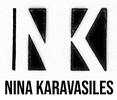
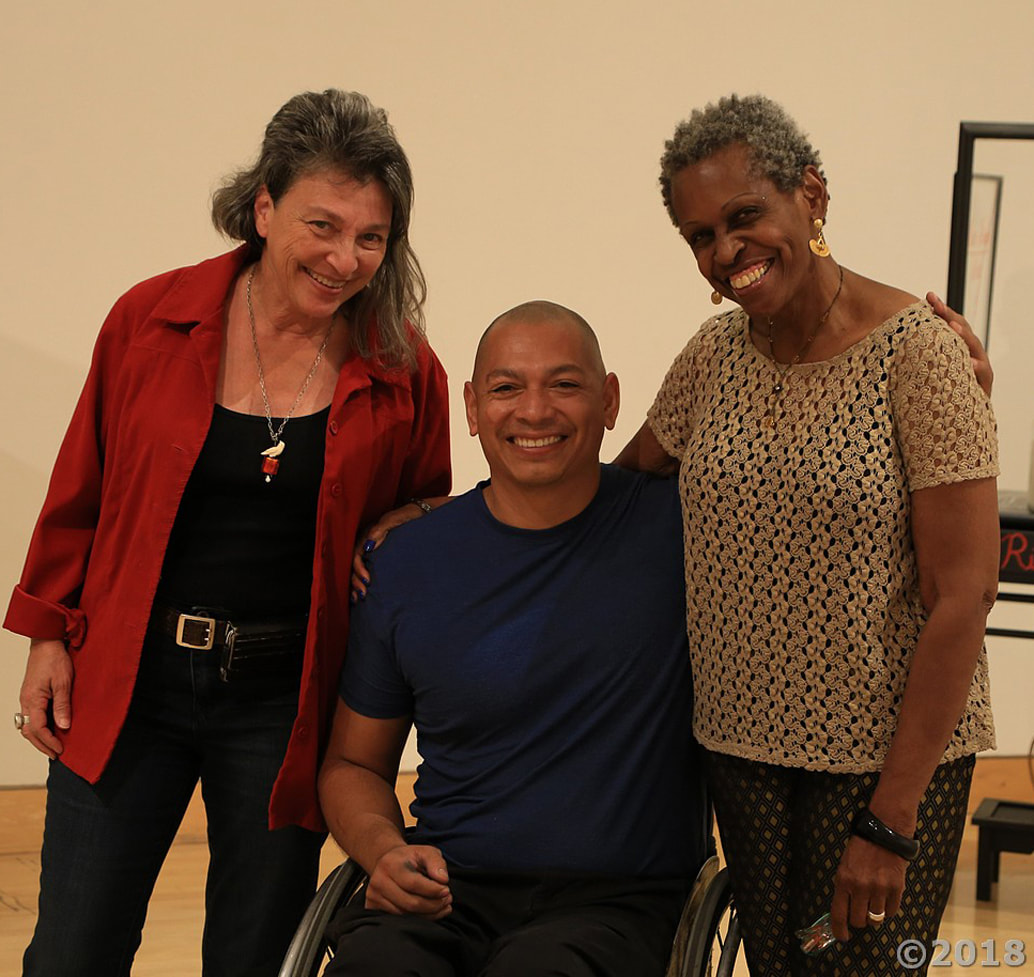
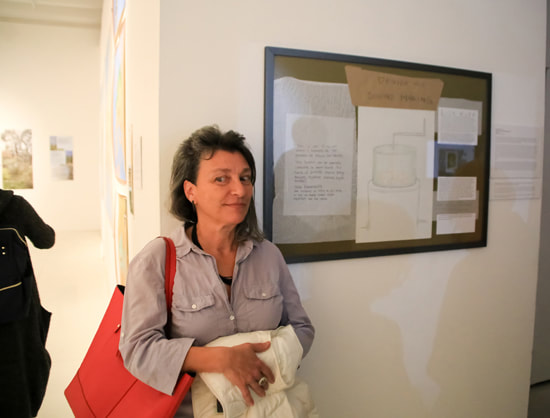
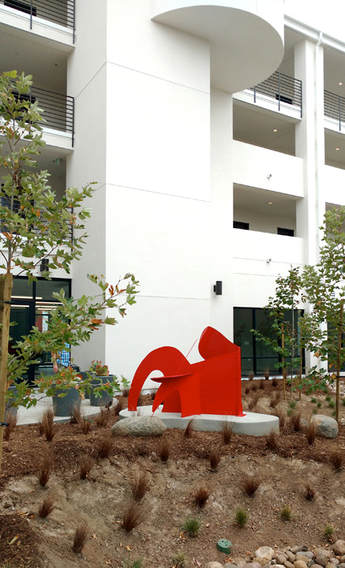
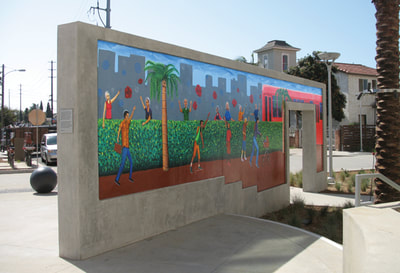
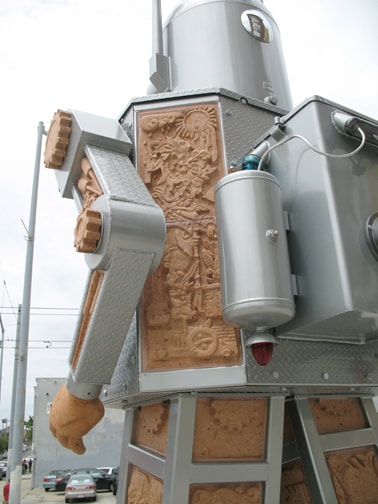
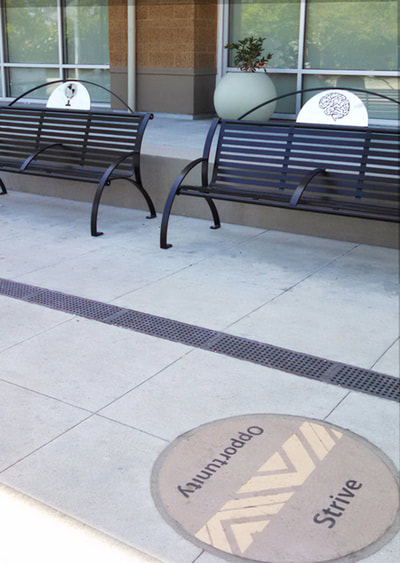
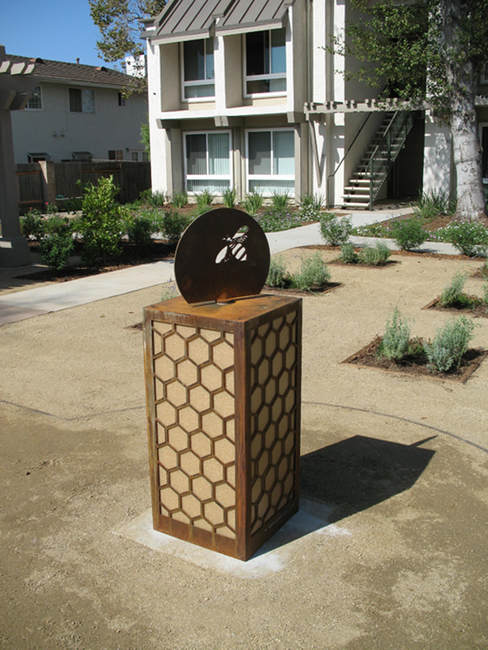
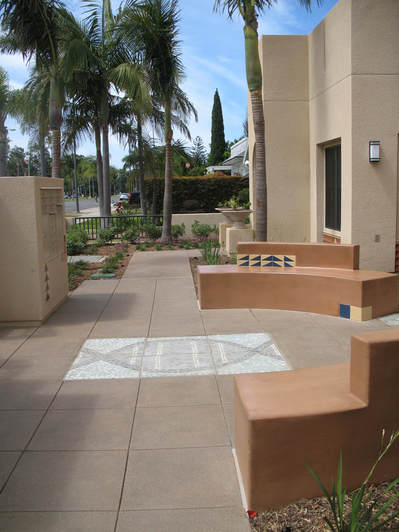
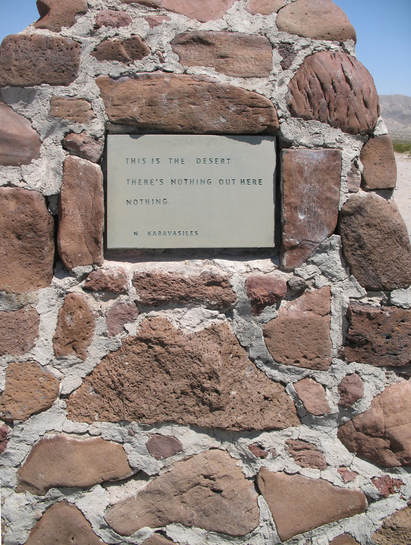
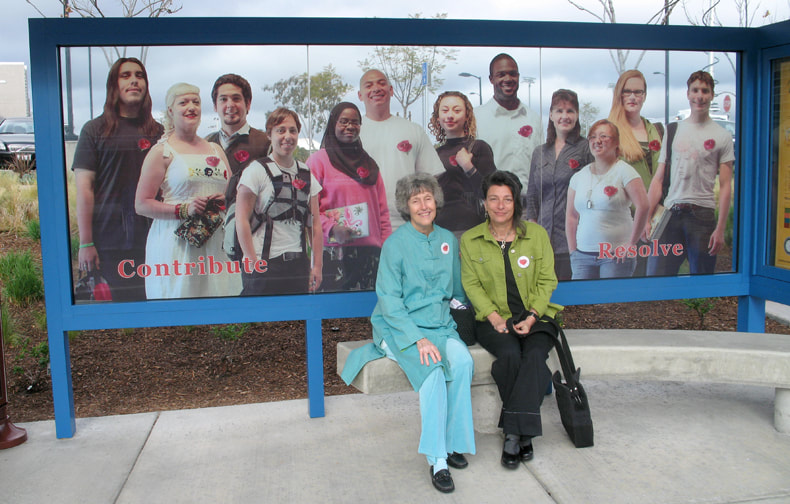
 RSS Feed
RSS Feed